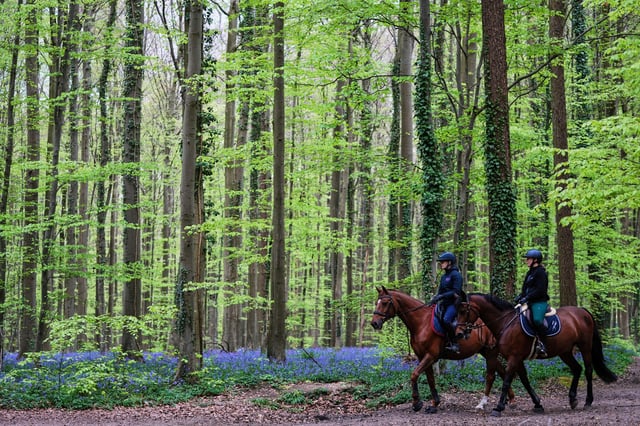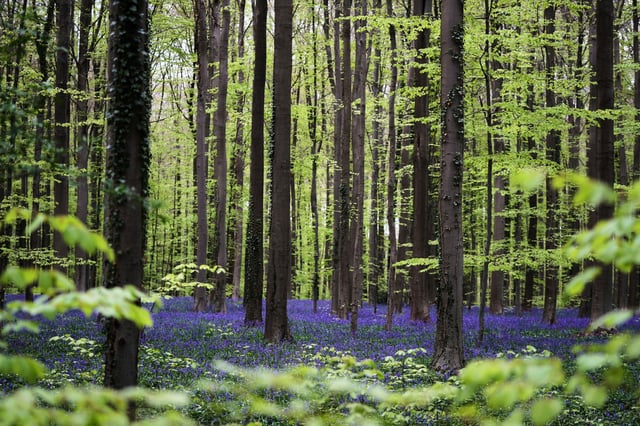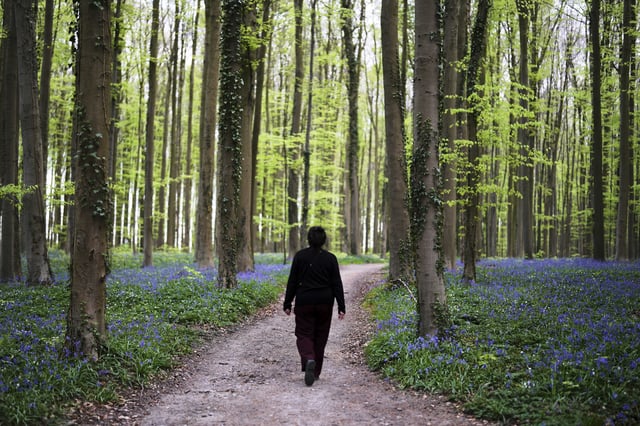Overview
- The annual bluebell bloom in Belgium's Hallerbos forest attracts visitors worldwide, offering tranquility and mental health benefits.
- Experts emphasize the importance of mindful, device-free nature experiences to maximize restorative effects on attention and mood.
- Younger generations, particularly those under 30, are turning to nature as they face heightened anxiety from post-pandemic challenges and global uncertainties.
- The Hallerbos reopening follows pandemic-era closures, reflecting a broader resurgence of floral tourism at sites like Japan's cherry blossoms and the Netherlands' Keukenhof tulips.
- Visitors like retiree Philippe Thiry find solace in disconnecting from technology, focusing solely on the sights and sounds of nature.



